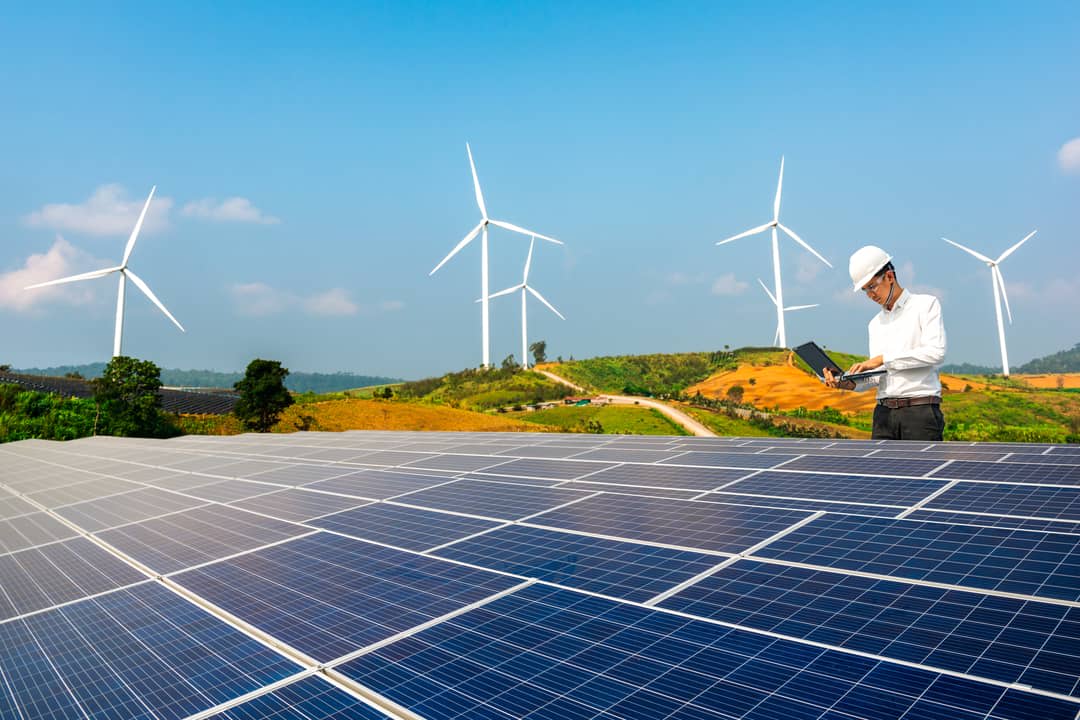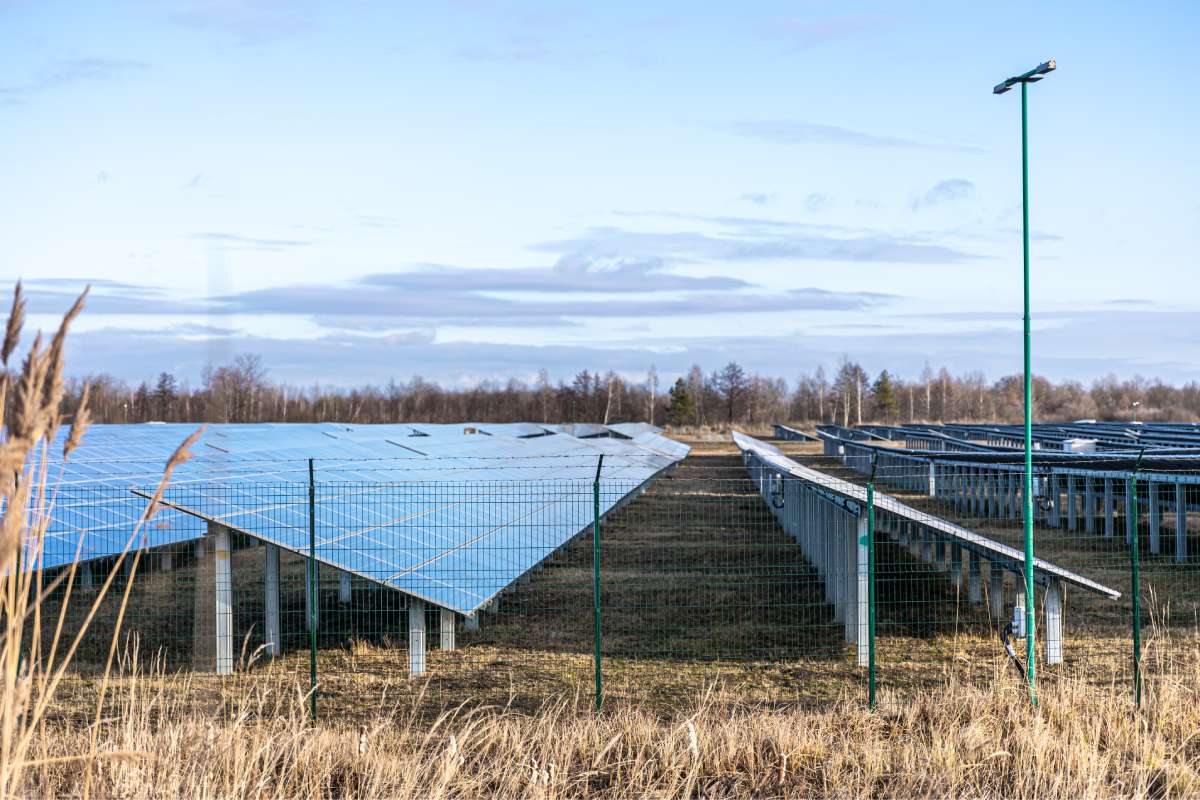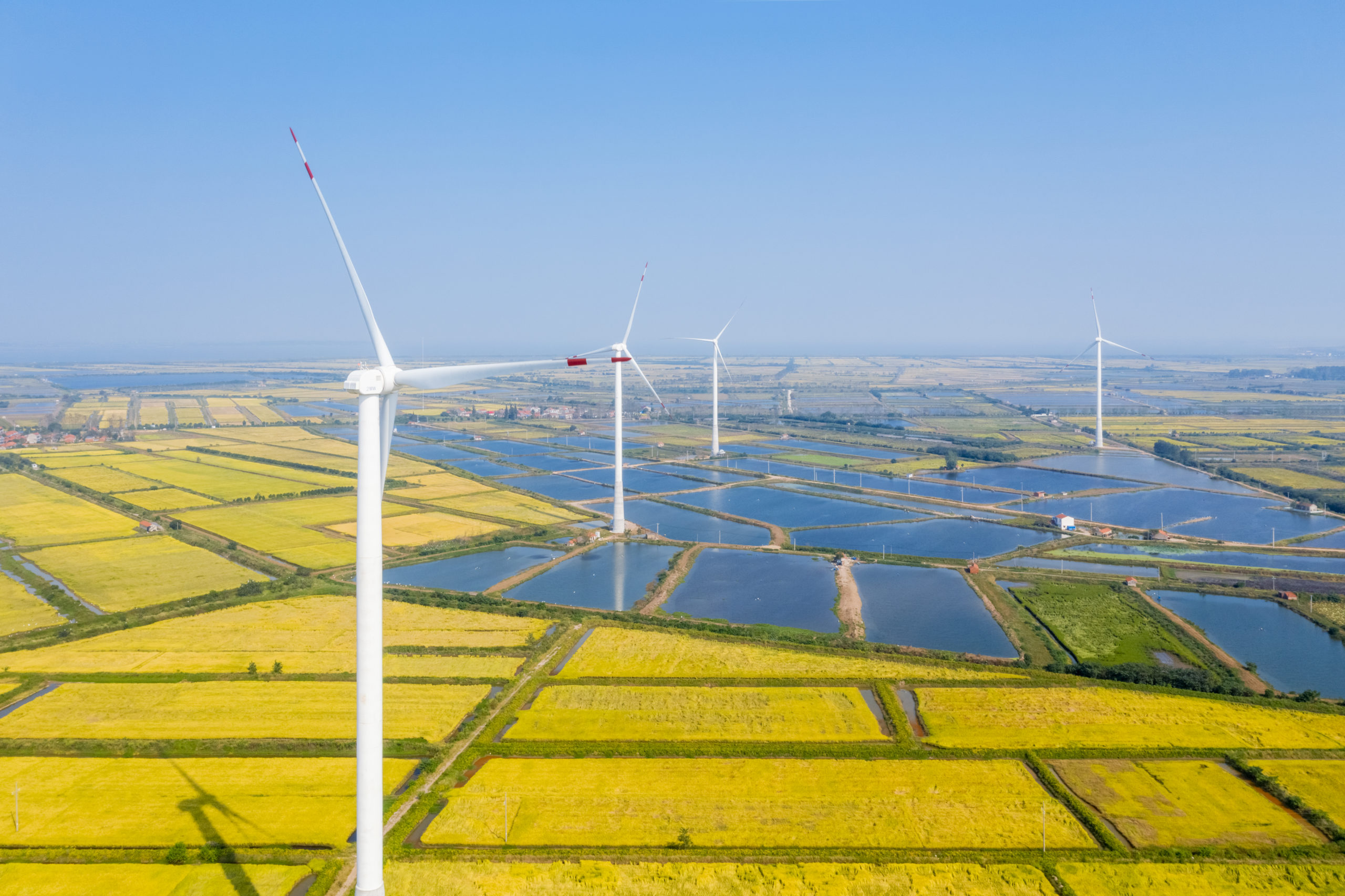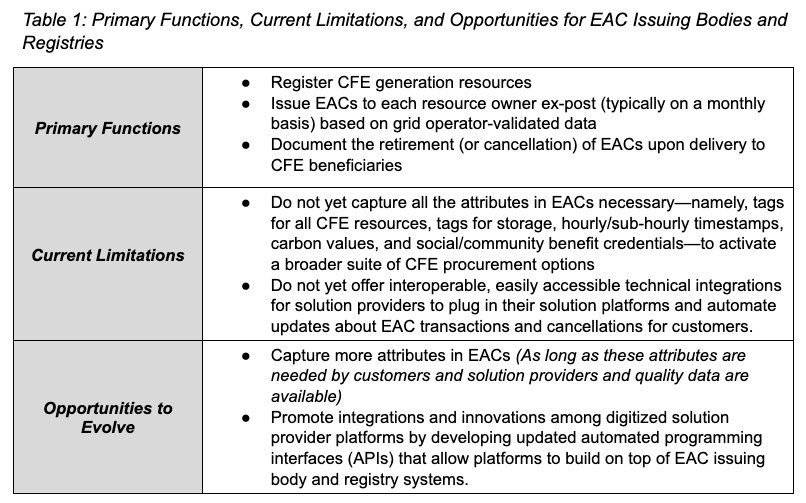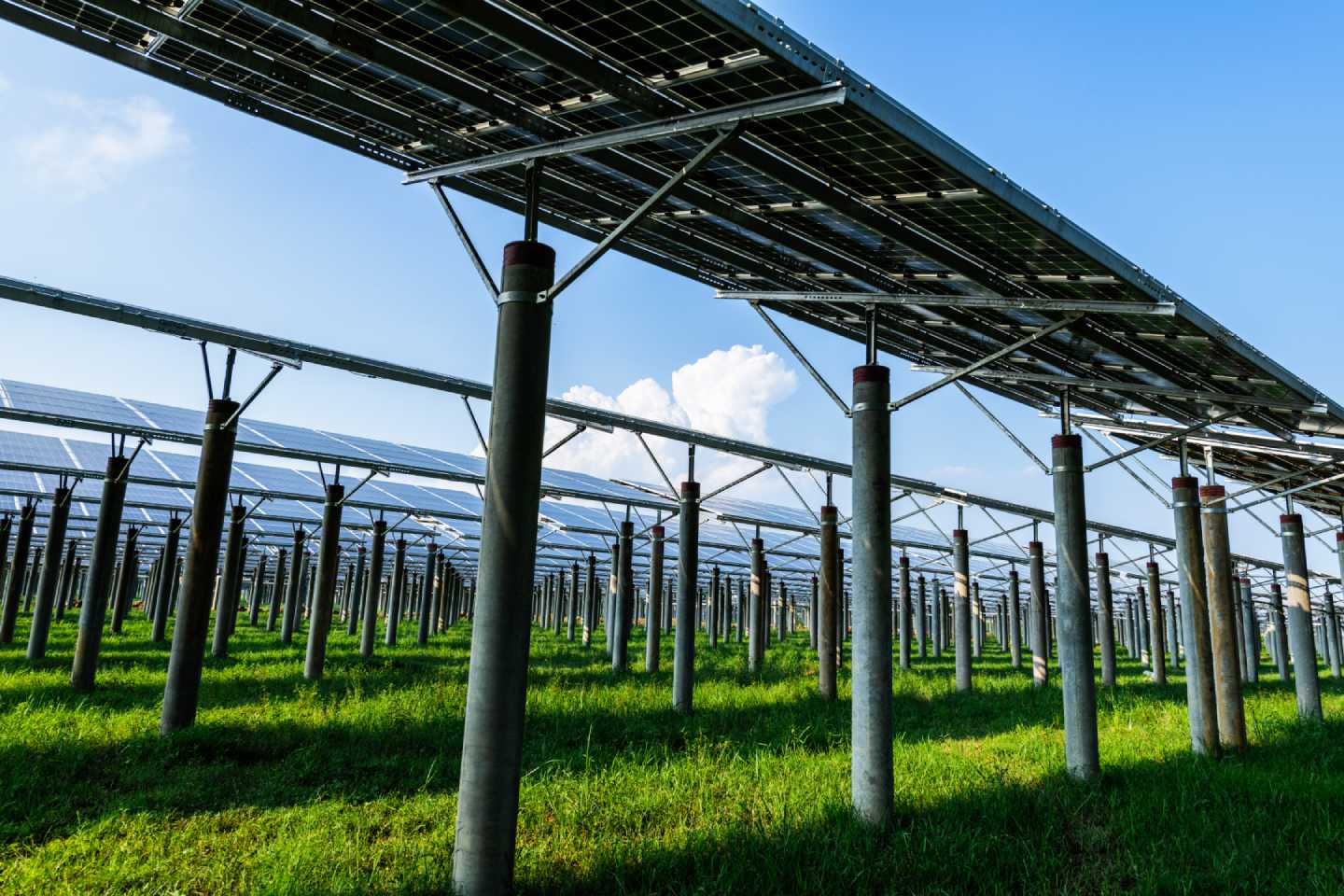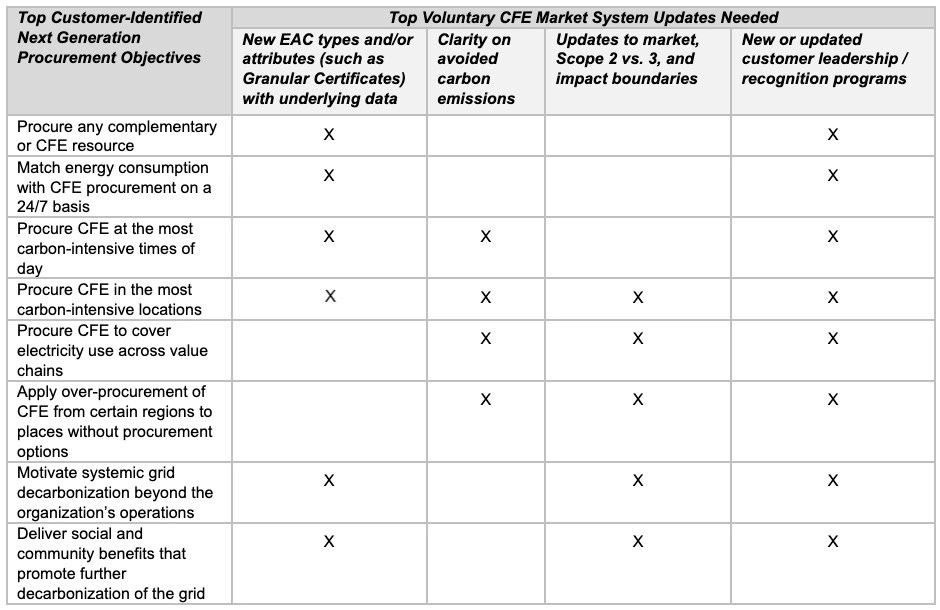CEBI Releases Its Next Generation Carbon-Free Electricity Procurement Activation Guide
The Clean Energy Buyers Institute’s NextGen Initiative aims to expand the menu of carbon-free electricity procurement options available to clean energy customers, to help customers optimize the decarbonization impact of their procurement decisions and accelerate systemic grid decarbonization.
To advance a future point when all energy customers across the globe will have access to carbon-free electricity (CFE) at all times, no matter when or where someone flips on the switch, we need to accelerate the deployment of CFE resources and deliver systemic grid decarbonization.
We have an opportunity to leverage the tremendous demand power of energy customers and maximize the impact of voluntary CFE procurement to accelerate systemic grid decarbonization. By expanding the menu of available CFE procurement options to include next generation solutions, energy customers can send more powerful, targeted market signals that drive investments and accelerate the deployment of CFE in the most carbon-intensive locations and times of day.
The challenge customers now face is that the voluntary market system neither cultivates the full menu of CFE procurement options nor provides the incentives necessary to empower customers to play an even more powerful role in reaching a future state where the grid is carbon-free every hour of every day of the year, everywhere. Energy market system stakeholders — including energy attribute certificate (EAC) issuing bodies and registries, data providers, customer leadership programs, and greenhouse gas (GHG) accounting standards bodies — must implement updates that collectively evolve the voluntary market system and activate the next generation of procurement solutions that deploy CFE investments for systemic grid decarbonization.
Today, the Clean Energy Buyers Institute (CEBI) published the Next Generation Carbon-Free Electricity Procurement Activation Guide to provide a customer-oriented roadmap for market system stakeholders, outlining the updates that diverse market system stakeholders must make to broaden the CFE procurement menu for customers. The Guide synthesizes insights from 10 workshops that the Clean Energy Buyers Institute (CEBI) convened in 2022 and provides a foundation for CEBI’s ongoing engagement with the 100+ energy customers, solution providers, and market system stakeholders that together comprise the NextGen Activator community.
The Guide offers detailed specifications about critical updates and the implementation pathways available specifically to EAC issuing bodies and registries, data providers, customer leadership programs, and GHG accounting standards bodies, with the aim of providing solutions that address energy customers’ eight objectives for next generation procurement. The Guide also provides four principles for voluntary CFE market updates that enable expansion of customer choice and access to solutions that optimize the decarbonization impact of CFE procurement decisions, while concurrently maintaining entry points for new and more customers to play their part in scaling CFE.
Key takeaways from the Guide include:
- Expanded CFE procurement menu: Customers want a broader menu of options to advance the systemic decarbonization of the electric grid and achieve their next generation procurement objectives. Solution providers should address as many of the eight customer-identified objectives as possible in their next generation CFE solution offerings and make it easy for customers to understand how these solutions help them optimize the decarbonization impact of procurement decisions.
- New EAC attributes: EAC issuing bodies and registries should make five new EAC attributes available in a consistent way and modernize their automated programming interfaces (APIs) to enable solution providers to deliver next generation solutions that customers can substantiate in their CFE procurement claims.
- More granular and consistent data access: Data providers should deliver needed data to EAC issuing bodies and registries for these five new EAC attributes, so EAC issuing bodies and registries can capture these EAC attributes.
- Recognition of next generation goal setting and defined success metrics: Existing and/or new leadership programs should offer next generation goal-setting criteria for customers to pursue. Customer success in achieving program-specific goals should be straightforward, consistent, achievable, measurable, comparable, verifiable, and marketable. Regulatory bodies like the U.S. Federal Trade Commission should also provide more detailed guidance about the distinct marketing claims that customers can make based on the EACs they procured and report.
- Clarifications and gap-filling in greenhouse gas accounting: Greenhouse gas accounting standards bodies should clarify how to conduct greenhouse gas accounting for next generation procurement solutions, to make it easier for customers to document and report the verifiable impact of their CFE procurement, and accounting bodies should make these updates more agile, like software updates.
As a roadmap for implementing new CFE market infrastructure, this Guide will inform CEBI’s research and education priorities for the NextGen Initiative as it pivots from understanding the market updates needed and implementation pathways available to the next phase: informing and empowering market system stakeholders to implement updates and activate next generation procurement options for customers, enabling customers to help accelerate systemic grid decarbonization and optimize the decarbonization impact of their procurement decisions.
CEBI invites customers and solution providers to contact us to provide more details about your objectives, needs, challenges, ideas, and questions about next generation CFE procurement. CEBI also welcomes inquiries from market system stakeholders, to discuss ways to support your organization in gaining support, planning, and/or implementing the updates applicable to your organization described in this guide. Please contact CEBI at NextGen@cebi.org to learn more.
On October 13 from 2 to 3 p.m. Eastern time, CEBI will present an in-depth webinar to discuss this Guide. Register here. Download the Next Generation Carbon-Free Electricity Procurement Activation Guide.

